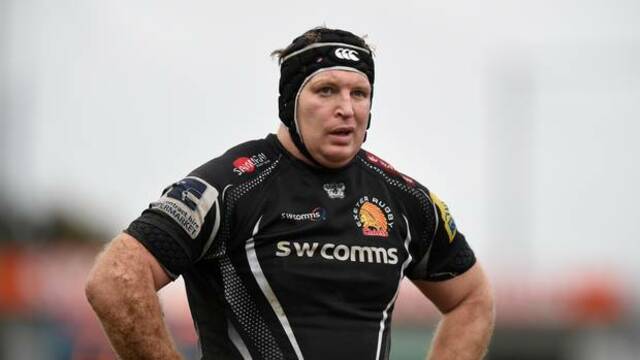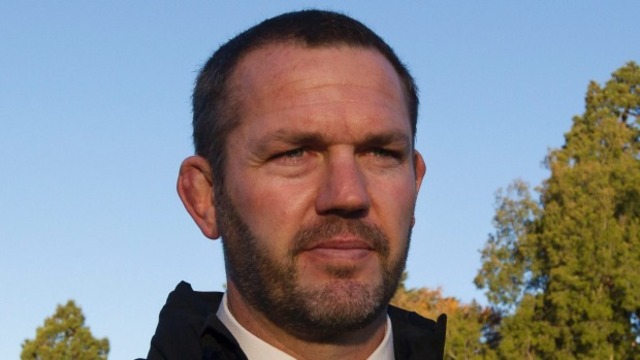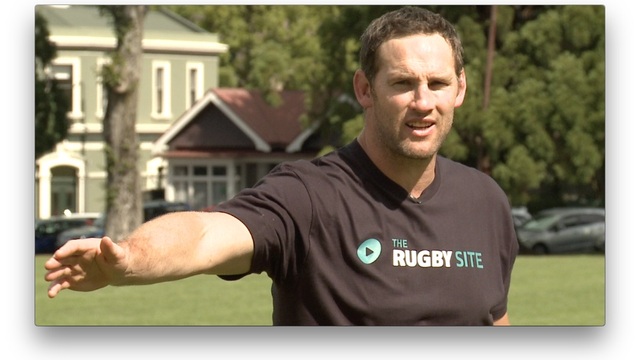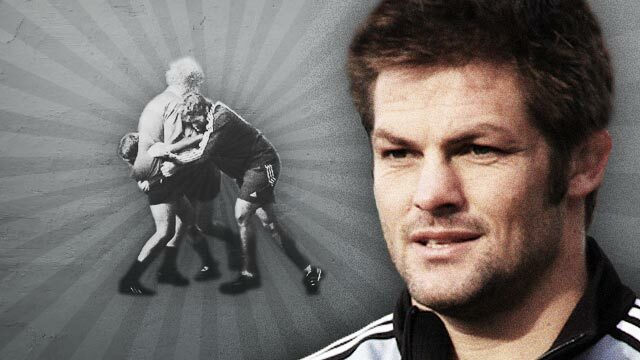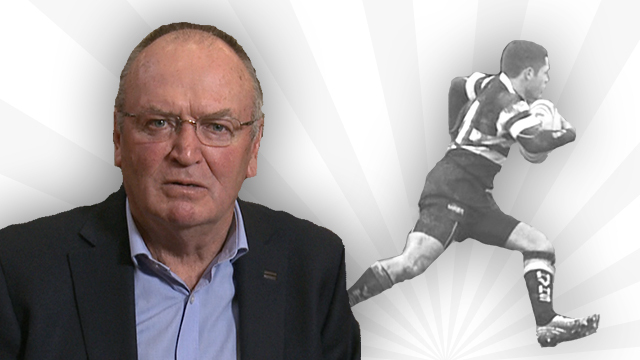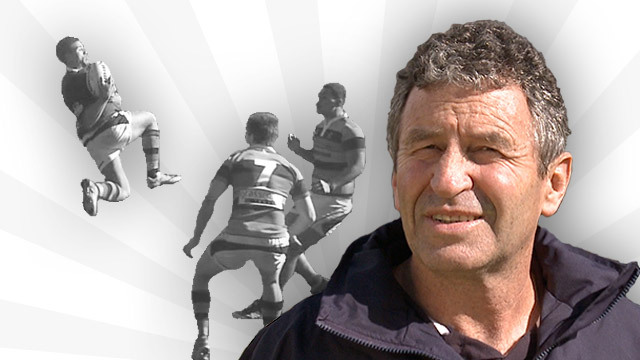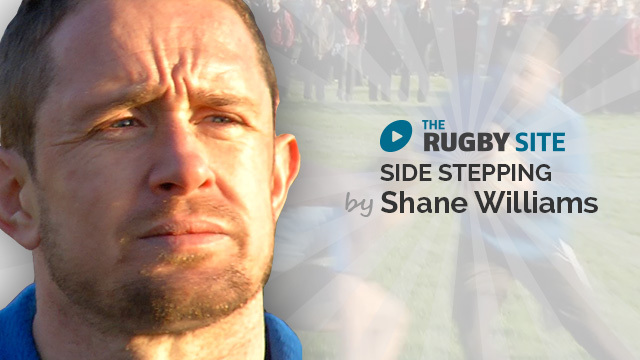Who won the joust of styles at number 9 in Paris? – Part 2
It is always wonderful to watch two players at the pinnacle of their games challenging each other to move to even greater heights. That is what may happen in the joust between France’s Antoine Dupont and New Zealand’s Aaron Smith in the lead-up to the 2023 World Cup.
Smith is clearly aware of the positive effects such a challenge brings and is keen to embrace it. During the 2021 Six Nations tournament, he tweeted about Dupont: “This guy on another level! No one is near him atm. He’s the point of difference for both his club and country. He’s helping me look at parts of my game to improve.”
Where Dupont’s point of difference is his breaking and running ability, for ‘Nugget’ it has always been his very fast, pinpoint-accurate pass. Who can forget this piece of social media wizardry?
His first instinct is to adopt a position which allows him to deliver the ball effectively to others around him. He is a facilitator:
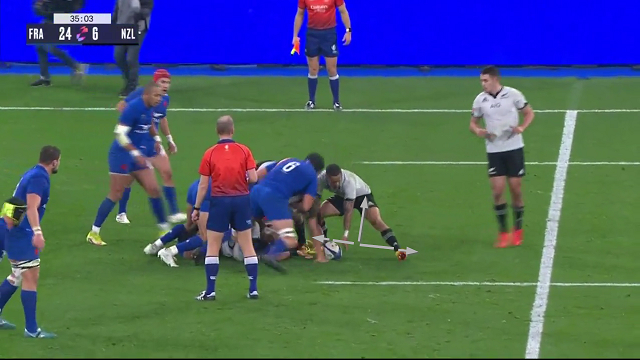
‘Nugget’ splits his feet further, and pushes his torso much closer to the ball on the ground than Antoine Dupont. He is in the optimal position to deliver a pass straight off the deck. As the clip illustrates, this can make him more vulnerable to defenders looking to spoil around the fringes of the ruck.
It also tends create very different halfback behaviour during a pick & go sequence. Where the French petit general stays on top of his forwards and look for opportunities to take a step versus the first or second defender out from the ruck, Smith deliberately keeps his distance, widening the gap between himself and his forwards:
.png)
There is no intent to become a ninth forward, the idea is to stand back and pick the right moment to link the forward progress with the backs outside him. So, when he finally commits to the base, it is with a passing opportunity in mind – in this case, linking with New Zealand number 12 Quinn Tupaea on the short-side:
That phase takes play all the way up to the France goal-line, and the scoring sequence is even more instructive:
There are several points of interest on this phase of play. Instead of passing immediately, Smith looks both ways before making his decision. Firstly, he looks out to his right, and that drags the eyes of the last short-side defender (Les Bleus’ right wing Damian Penaud) out in that direction too:

This is Nugget’s version of Dupont’s first step around the side of the breakdown, keeping the defender as narrow and tight as possible to the ruck. Smith stays in his ‘deep squat’, hiding himself from eyes of the defenders at the back of the ruck and disrupting the timing of their rush forward off the line.
When the pass is finally made, it is fired out in a flat plane into the space ahead of the receiver, full-back Jordie Barrett. It leads him in the direction he wants to go. Here is the overhead view of the same sequence:

Penaud is only half a metre adrift of Barrett, but given the speed and accuracy of the delivery from the base, that is enough to give the Kiwi full-back all the room he needs to squeeze in at the corner flag and plant the ball for the try.
The question of which halfback style will prove to be better suited to the quicker ruck ball produced by the new breakdown guidelines remains (delightfully) unresolved in the aftermath of the game between Les Bleus and the All Blacks in Paris. Antoine Dupont came out on the winning side of the score-line, and his extra ruggedness at the base counted for a lot: English referee Wayne Barnes encouraged early access to ball which was already lying at the hindmost foot of the ruck.
Dupont played as close to his own, and the opposition forwards as possible and was always a running threat versus first or second defender. Aaron Smith took the other fork in the road. The All Blacks like to play to width quickly and Nugget’s bullet passing suits that objective. It means that he adopts his deep squat early at the base and that can make him a vulnerable target. At the same time, he can narrow the defence with his eyes and outflank it with the length and speed of his delivery, even in positions close to the goal-line.
Whatever the outcome, the contrast in styles is likely to drive both Dupont and Smith to even greater peaks of performance in the build-up to the World Cup in 2023.
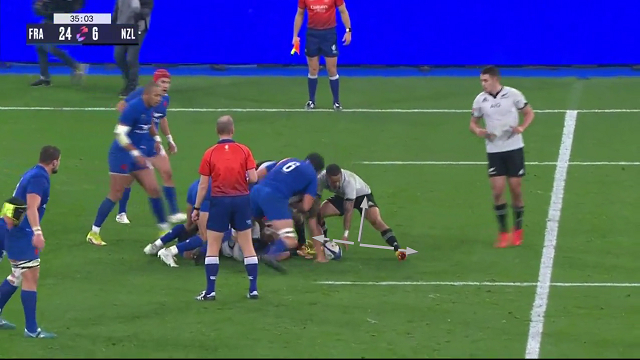

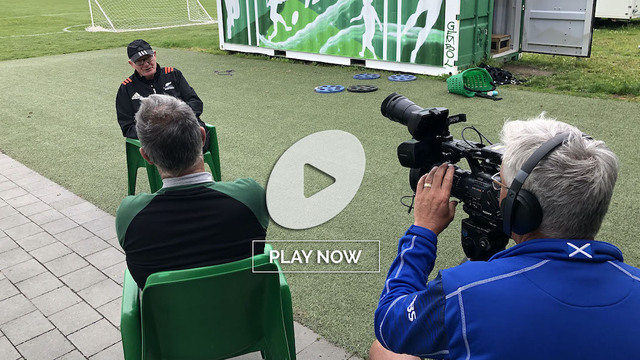


.jpg)
.jpg)
.jpg)
